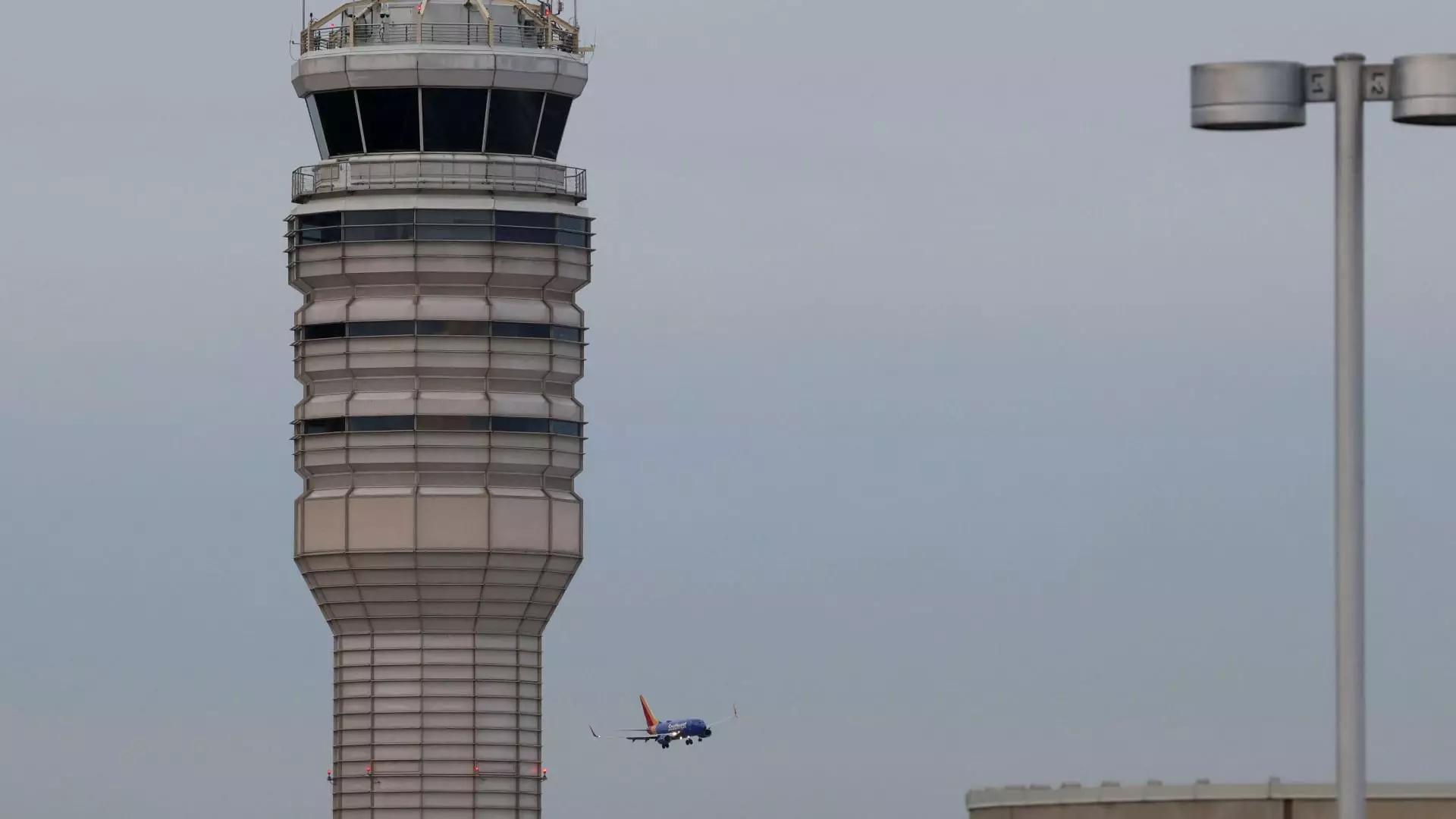In light of a devastating midair collision between an Army Black Hawk helicopter and an American Airlines jetliner just days ago, the Federal Aviation Administration (FAA) has instituted significant restrictions on helicopter operations in the vicinity of Ronald Reagan Washington National Airport. This safety measure, announced by Transportation Secretary Sean Duffy, follows an incident that resulted in the tragic loss of 67 lives, marking a sobering moment for aviation safety in the United States.
The Tragic Accident: What Happened?
On Wednesday night, American Eagle Flight 5342, which was in its final descent to Reagan National Airport, collided with a Black Hawk helicopter. This catastrophic event is notably the first fatal commercial airline accident in over 15 years. The American Airlines flight was nearing its landing when disaster struck, highlighting the potential dangers posed by overlapping flight paths in urban airspace. Such accidents raise serious questions regarding air traffic management and the protocols in place to ensure the safety of both commercial and military aircraft.
In response to this tragedy, Secretary Duffy emphasized the FAA’s commitment to restoring public confidence in aviation safety. The newly established restricted airspace encompasses key thoroughfares, including Memorial Bridge to South Capitol Street Bridge and Haines Point to Wilson Bridge, while specifically excluding the Tidal Basin. These measures are designed to delineate a safe operational zone for helicopters, reducing the likelihood of another such incident. According to National Transportation Safety Board (NTSB) member Todd Inman, helicopters fly along predetermined tracks, ensuring that their movements do not interfere with commercial flights. The recent accident has highlighted a critical breakdown in this system.
Investigation Underway
An ongoing investigation has been initiated to scrutinize various factors surrounding the accident, including altitudes, air traffic communication, and potential lapses in protocol. As investigators diligently gather data, the aviation community is left grappling with concerns regarding the systemic failings that permitted this tragedy to occur. Questions linger about how the military aircraft entered into the path of incoming commercial traffic—a situation that raises significant issues regarding airspace management and coordination between military and civilian operations.
The impact of this incident extends beyond the immediate loss of life; it has sent ripples of concern throughout the aviation community. American Airlines CEO Robert Isom publicly commended the government for its swift response to restrict helicopter activity, underscoring the importance of decisive action in response to safety challenges. The implications for both commercial airlines and military operations are profound, prompting renewed calls for enhanced communication and stricter guidelines governing airspace usage.
As the investigation continues, the aviation industry faces critical introspection. The recent tragic incident underscores the necessity for a comprehensive overhaul of flight regulation protocols, especially in busy urban environments like Washington, D.C. Safety measures introduced as a result of this accident are just the first step in what must be a long-term commitment to improving aviation safety standards and restoring public trust in the air traffic management system. Moving forward, the aviation sector must prioritize safety to prevent such devastating accidents from occurring again.

